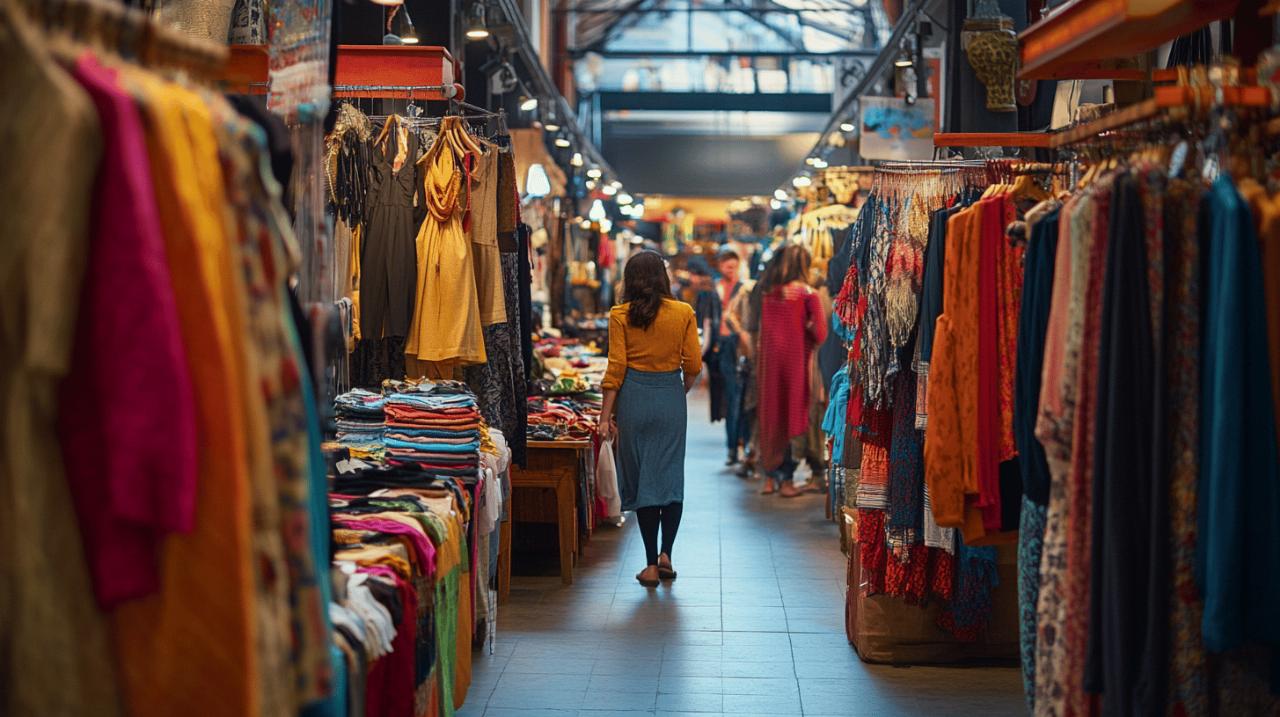The fashion world constantly evolves with new trends emerging from diverse cultures and regions, influencing how we shop and what we wear. Understanding these global movements offers insight into the ever-changing landscape of style, retail experiences, and consumer preferences. Today’s fashion enthusiasts seek not just products but comprehensive shopping journeys that connect them with worldwide trends.
The evolution of international style movements
Fashion trends transcend geographical boundaries in today’s interconnected world. What begins as a local style in Tokyo might quickly influence wardrobes in London, New York, and beyond. The digital age has accelerated this cross-pollination of ideas, with consumers discovering new styles through platforms like those featured on https://www.effepistore.it/ and similar fashion blogs that showcase international collections. This global conversation about style has transformed how we perceive and consume fashion.
How cultural diversity shapes contemporary wardrobes
Cultural diversity serves as the backbone of modern fashion, with traditional garments and techniques being reimagined for contemporary audiences. Gender-neutral fashion has gained significant momentum, challenging conventional design categories and offering more inclusive options. This shift reflects broader social movements toward equality and self-expression, allowing individuals to curate wardrobes that truly represent their identities rather than conforming to rigid standards.
Sustainability has emerged as perhaps the most influential trend reshaping global fashion consciousness. Circular fashion concepts emphasize reusing, recycling, and extending the lifecycle of garments. This approach has transformed from a niche interest to a mainstream expectation, with 78% of consumers agreeing that purchasing second-hand fashion provides economic benefits. The percentage rises to 85% among women, indicating the growing appeal of sustainable shopping practices across demographics.

Regional fashion capitals and their global influence
While Paris, Milan, New York, and London remain established fashion capitals, emerging centers in Seoul, Copenhagen, and Lagos are increasingly setting global trends. Each brings distinctive cultural perspectives that enrich the international fashion dialogue. These cities serve as laboratories for innovation, where designers experiment with new silhouettes, materials, and concepts that eventually influence mainstream retail collections worldwide.
Digital innovation has dramatically altered how these regional influences spread. Artificial intelligence, augmented reality, and virtual reality technologies allow consumers to experience styles from distant fashion capitals without physical travel. These tools provide immersive shopping experiences that transcend geographical limitations, democratizing access to global fashion movements and accelerating trend adoption across continents.
Navigating cross-cultural retail environments
The experience of shopping varies dramatically across cultures, reflecting local values, customs, and economic conditions. Understanding these differences enhances the global shopping experience, whether physically traveling to international destinations or navigating online marketplaces with cross-border shipping. Market intelligence has become essential for both consumers and businesses seeking to participate in the worldwide fashion ecosystem.
Boutique shopping versus market experiences across continents
Luxury boutiques in Paris offer highly personalized service with curated selections, while Tokyo department stores showcase meticulous presentation and attention to detail. In contrast, Istanbul’s Grand Bazaar provides a negotiation-based shopping adventure with centuries of tradition. Each environment requires different approaches and expectations, with social customs varying significantly. In-store technology integration also differs dramatically between regions, with some Asian markets leading in digital retail innovations while European shops might emphasize traditional craftsmanship and personal service.
Luxury retailers like Selfridges have pioneered comprehensive approaches through initiatives like Project Earth, which encompasses rental services, refill stations, repair facilities, and resale opportunities. These multi-faceted retail experiences reflect consumer demand for sustainability alongside convenience, creating shopping environments that address both practical needs and ethical concerns. Such holistic approaches represent the future direction of global retail experiences, regardless of cultural context.
Adapting to local shopping customs and etiquette
Successfully navigating international shopping experiences requires cultural sensitivity and awareness of local customs. In Japan, examining merchandise with excessive handling might be considered disrespectful, while bargaining is expected and appreciated in Moroccan souks. Understanding appropriate greeting customs, payment methods, and service expectations enhances the shopping experience while demonstrating respect for local traditions.
Social media has revolutionized how consumers learn about these customs and prepare for cross-cultural shopping experiences. Influencer marketing provides authentic glimpses into local retail environments, helping shoppers understand what to expect before arrival. This pre-shopping education, combined with real-time translation applications and digital payment solutions, has made international shopping more accessible than ever before, breaking down barriers that previously limited truly global fashion exploration.







